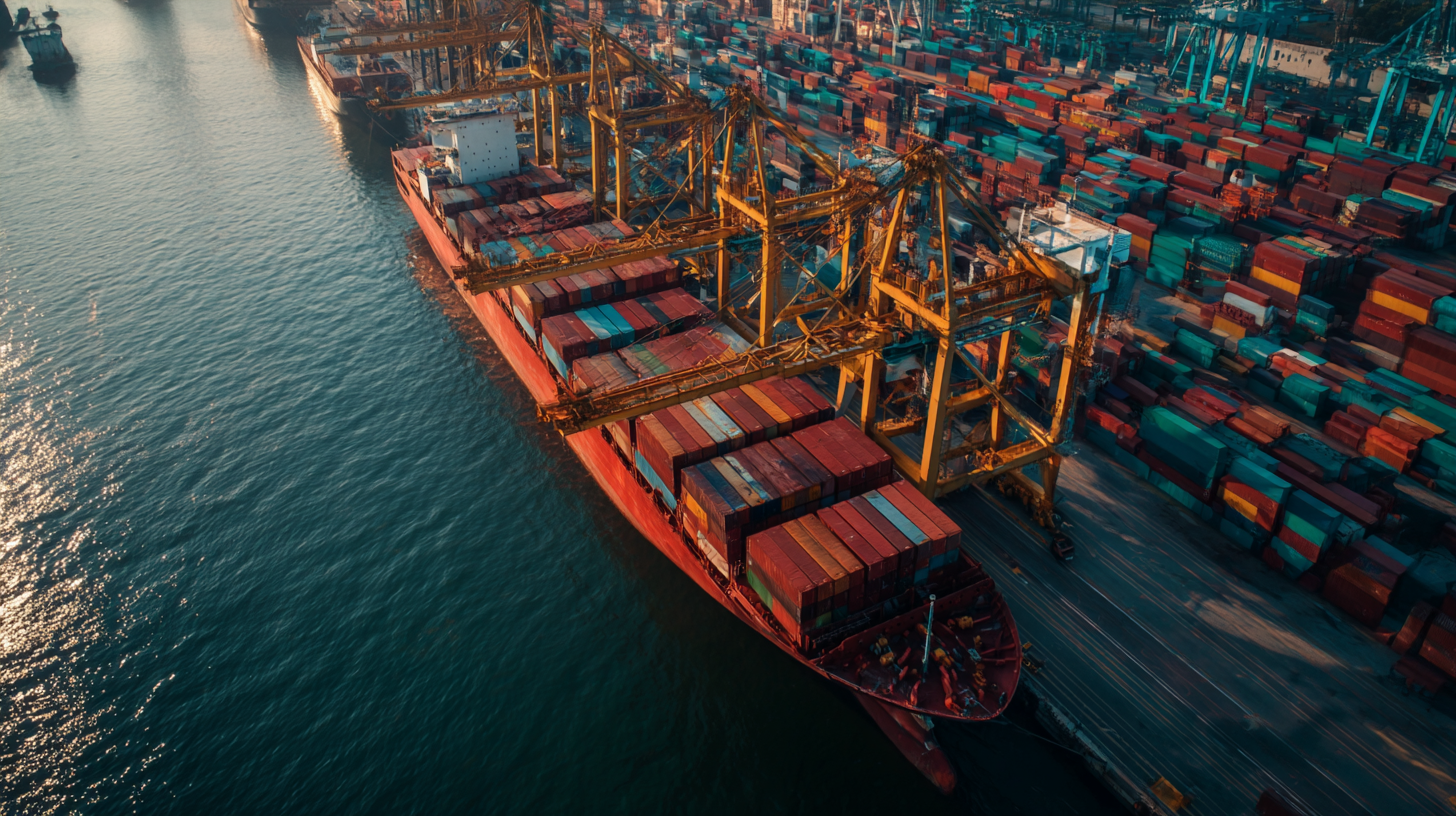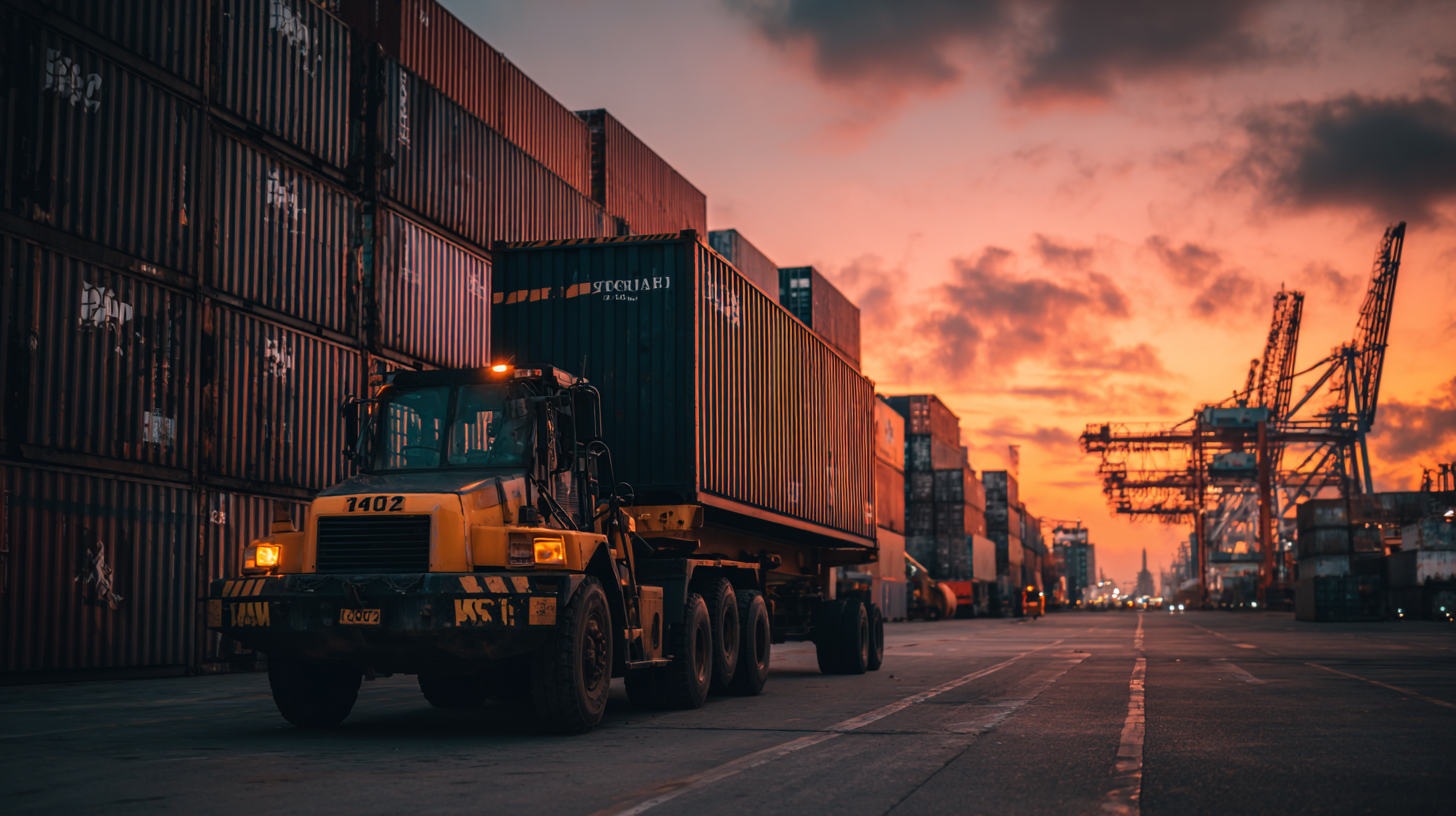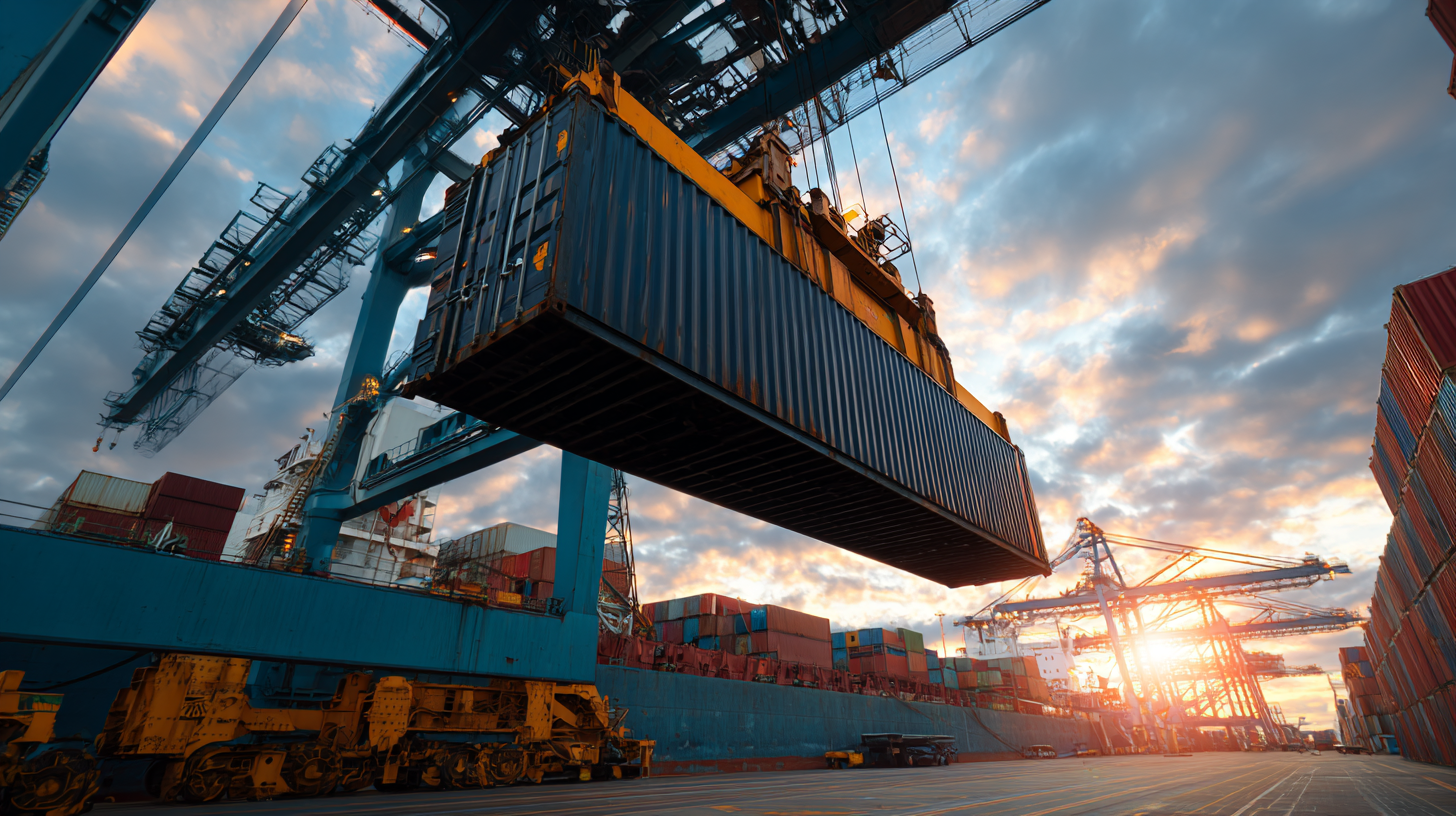News & Blogs
Mastering the Process: A Comprehensive Guide to Shipping a Container Efficiently
In the ever-evolving landscape of global trade, mastering the process of shipping a container efficiently has become paramount for businesses aiming to maintain competitiveness. According to the World Shipping Council, approximately 90% of the world’s goods are transported by sea, with container shipping accounting for a significant portion of this volume. Furthermore, the Drewry Shipping Consultants report highlights that operational inefficiencies can increase shipping costs by up to 30%. This underscores the critical need for a comprehensive understanding of the intricacies involved in shipping a container, from choosing the right carrier to optimizing routes and adhering to regulations. By enhancing efficiency in this process, companies can not only reduce their logistical costs but also improve their service delivery, thereby gaining a substantial advantage in the market.

Understanding Container Shipping: Key Terms and Concepts Explained
Understanding the intricacies of container shipping is essential for anyone involved in logistics or supply chain management. When shipping goods, it's crucial to grasp key terms like 'bill of lading,' 'container freight station,' and 'demurrage.' A bill of lading serves as a receipt for cargo and a contract between the shipper and carrier, laying the foundation for a smooth shipping process. Container freight stations play a vital role as the hub where cargo enters or exits shipping containers, ensuring that goods are properly loaded and unloaded.
Tips:
1. Familiarize yourself with shipping documents before initiating the process. Understanding each document's purpose can prevent misunderstandings and costly delays.
2. Take the time to assess the various shipping routes and methods available. Evaluating the fastest and most cost-effective options can lead to significant savings and enhanced efficiency.
3. Always anticipate potential delays and have contingency plans in place. Weather disruptions, port congestion, or customs delays can occur, and having a backup plan will help mitigate these risks.
Step-by-Step Process: Planning and Preparing for Container Shipping
When planning and preparing for container shipping, it is essential to follow a step-by-step process to ensure efficiency and cost-effectiveness. According to a report by the International Maritime Organization (IMO), over 90% of the world's goods are transported by sea, highlighting the importance of mastering container shipping. The first step involves meticulous planning, which includes choosing the right shipping route and selecting a reputable freight forwarder. Utilizing tools like the Freightos index can provide insights into real-time shipping costs, enabling better budgeting.
In addition to planning, proper preparation of the cargo is crucial. This entails ensuring that goods are securely packed to minimize damage during transit. The World Shipping Council recommends using standardized container sizes to facilitate easier loading and unloading, ultimately reducing turnaround times in ports. A study from McKinsey also emphasizes that digital tools, such as tracking software, can enhance visibility throughout the shipping process, which is vital for timely deliveries.
**Tips:** Regularly inspect containers for any damage and make sure all necessary paperwork, including customs documentation, is prepared in advance. Furthermore, consider the timing of shipments, as peak seasons can lead to higher costs and longer wait times. Engaging with logistics experts can provide additional insights specific to your shipping needs.

Best Practices for Packing and Loading Containers Efficiently
Efficient packing and loading of containers is crucial for minimizing shipping costs and ensuring the safety of goods during transit. To begin with, understanding the dimensions and weight limitations of the container is essential. Start by creating a detailed inventory of items to be shipped, categorizing them by size and weight. This will not only facilitate packing but also help prevent exceeding weight limits, which can incur additional fees. Utilizing packing materials such as bubble wrap or foam inserts protects fragile items, while proper stacking techniques enhance stability within the container.
When it comes to loading the container, strategic arrangement is key. Place heavier items at the bottom to create a stable base and distribute weight evenly. Utilize the vertical space by stacking boxes appropriately, ensuring that lighter items are on top. It’s advisable to fill any gaps with dunnage or filler materials to prevent movement during transit. Finally, ensure that everything is secured with straps or nets to avoid shifting, which can lead to damage. Implementing these best practices not only maximizes space but also significantly reduces the risk of loss or damage during shipping.

Essential Documentation: What You Need for Smooth Container Transit
When it comes to shipping a container efficiently, the importance of essential documentation cannot be overstated. According to the World Bank's Logistics Performance Index (LPI), documentation-related delays can account for up to 30% of total shipping time. Proper paperwork not only facilitates smoother transit but also mitigates risks associated with customs inspections and compliance issues. Indeed, accurate and complete documents can expedite the clearance process, helping businesses avoid costly demurrage fees that can reach $200 per day or more for containers held up at ports.
Key documents for container shipping typically include the Bill of Lading, commercial invoice, packing list, and certificates of origin or compliance. The International Chamber of Commerce notes that missing or incorrect documentation is among the top reasons for shipment delays, highlighting the need for meticulous attention to detail. Moreover, with the global e-commerce market projected to surpass $6 trillion by 2024, the demand for efficient shipping processes will only increase. This makes understanding and preparing the required documentation more critical than ever for businesses aiming to optimize their logistics operations and meet customer expectations.
Container Shipping Efficiency Statistics
This chart illustrates the average time in days for key stages of container shipping, highlighting areas where efficiency can be improved for smoother transit.
Tips for Choosing the Right Shipping Partner and Services
Choosing the right shipping partner is crucial for efficient container shipping, particularly given the complexities and costs associated with global logistics. According to a 2021 report by Statista, the global shipping industry is projected to reach a market size of $1.4 trillion by 2028, illustrating the immense scale and competition within this sector. Companies must prioritize partnerships with shipping providers that not only offer competitive rates but also have a proven track record in reliability and service quality. A partner’s ability to track shipments in real time can significantly reduce delays and enhance supply chain transparency.
In addition to costs and reliability, service offerings should also be a key consideration. Many shipping partners now provide additional services such as customs clearance, cargo insurance, and risk management solutions. The Journal of Commerce reports that around 40% of shipping delays are related to documentation issues, making it essential to select a partner that offers comprehensive documentation support. When evaluating potential shipping partners, businesses should assess their technological capabilities, customer service responsiveness, and the breadth of services offered to ensure they align with their logistics needs.
 عربي
عربي عربي
عربي
